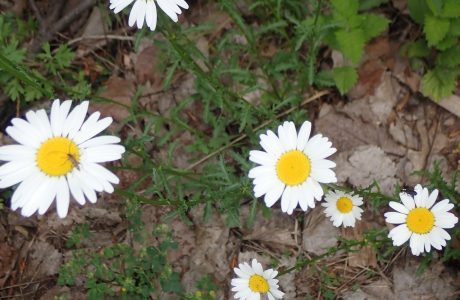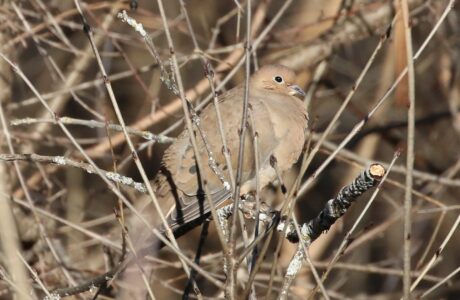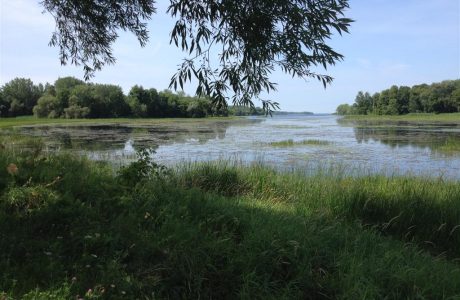The Kahnawà:ke Environment Protection Office has initiated a wetland study in order to update the wetland inventory carried out 10 years ago, to assess the changes and threats to the wetlands, and to develop a Wetland Protection Plan that will help with decision-making.
10 years ago, wetlands covered about 20% of the territory (approximately 2,560 acres). This represents a significant portion of the remaining wetland habitats within the larger Tiohtià:ke (Montreal) region.
Wetlands include any area that holds water either seasonally or year-round. Kahnawà:ke is home to an abundance of wetlands, typically in the form of marshes, swamps and shallow open water areas. Three of the most important functions provided by wetlands include wildlife habitat, flood protection and water purification. To maintain these functions, developing within and around wetlands should be avoided under most circumstances.
Wetlands provide a unique ecosystem for an abundance of plants and animals; many of which are now becoming rare because of the reduced habitat available to them. Wetlands provide a home for fish, game and medicinal plants.
Wetlands act like giant water storage basins during periods of heavy rain and snowmelt. Water flowing through Kahnawà:ke wetlands has a chance to slow down, and infiltrate into the ground. Releasing water over a longer time prevents water levels from rising quickly and therefore it reduces the likelihood of a flash flood. With climate change, flooding and severe droughts are becoming more and more common and wetlands provide one of the best protections against these extreme events. In fact, other communities are now spending large sums of money to recreate wetland habitats in an effort to benefit from their natural functions.

Wetlands also allow large quantities of water to slowly infiltrate into the ground and recharge underground aquifers. As water passes through the vegetation and the soil, it is naturally purified. With many people in the community using well water as a primary source of drinking water, clean underground aquifers are essential to clean drinking water.
The Kahnawà:ke Environment Protection Office has been monitoring the health of wetlands in the community for many years. Pressures, such as invasions of non-native plant species, destruction due to landfilling, the introduction of contaminants, and other human activities have resulted in habitat destruction and a decrease in biodiversity in several areas within the community. The current wetland project will map and quantify these changes and threats, and will develop solutions for decision-making to minimize disturbances to wetlands.
KEPO encourages individuals to consider the benefits of wetlands for the whole community when planning development projects, since impacts are felt far beyond property boundaries. KEPO has developed Best Management Practices for working near water habitats. Please contact our office at (450) 635-0600 for information on these guidelines, or to discuss the Wetland Study and Protection Plan.
Fieldwork for the wetland project is taking place in August and September 2017. The Wetland Protection Plan is expected to be ready in early 2018.




